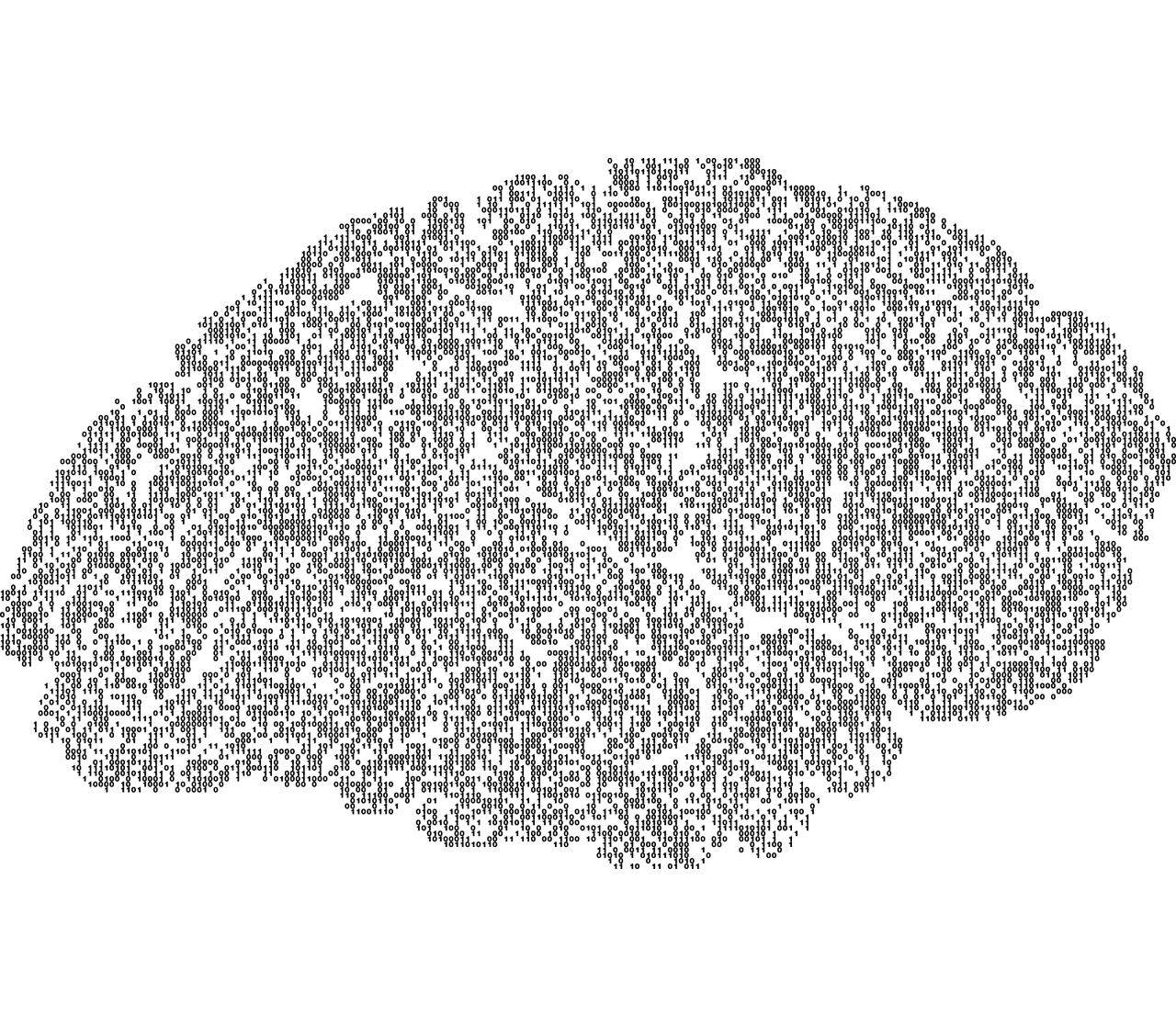Artificial Intelligence in Fusion Research

Written by Tim Lash, Focus Fusion Society Contributor.
Prior FocusFusion.org posts covered the intersection between fusion research and artificial intelligence (AI). AI is likely to become more important to the advancement of fusion research. Recent reports highlight more projects bringing AI to bear on the challenge of viable fusion power generation.
A December report provides insight into what researchers are calling a Fusion Recurrent Neural Network (FRNN). Scientists affiliated with Princeton Plasma Physics Laboratory (PPPL) are trying to craft a neural network that predicts failure of magnetic containment in tokamak fusion reactors. The common tokamak design in fusion research is prone to reactor damage if hot plasma escapes containment. Julian Kates-Harbeck is the lead architect for software that uses artificial intelligence to monitor the reactor’s operation and predict these magnetic disruptions, triggering steps to avoid or mitigate them. The research initially constructed a learning algorithm that took 24 hours to calculate. The team devised an improved distributed algorithm that spread the work across several processing units. Using training data from the Joint European Torus (JET) fusion reactor, the researchers have shown the algorithm predicts disruptive events more accurately than previous methods while reducing the number of false alarms, a PPPL release says.
A parallel effort (pdf) at JET searches for machine learning breakthroughs. Again, improved predictions of disruptions to magnetic confinements is the goal. Beyond improving operation of the JET tokamak, the ambition is to establish cross-machine portability of the associated software to other tokamak systems and to ITER in the future. Current models are being built on nearly a half petabyte of data collected from the JET reactor over 7 years of research runs.
Finally, an international team presented their own foray into machine learning. The spring session of International Atomic Energy Agency’s (IAEA) Technical Meeting saw a presentation titled “Integrated Infrastructure for the Development ofMachine-Learning models for Fusion Applications” (pdf). The presentation provides insight into some practical applications of machine learning in fusion research.
This type of news again highlights the importance of computer science to fusion research. That’s one reason for excitement from announcement that LPPFusion will partner with UC San Diego. “The collaboration with the Center for Energy Research will help us to better analyze and understand our data,” said LPPFusion President and Chief Scientist Eric J. Lerner. “Their expertise in plasma simulation will aid our efforts in modeling our experiments.”